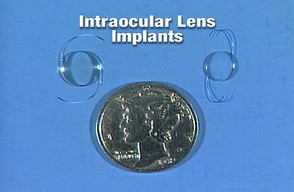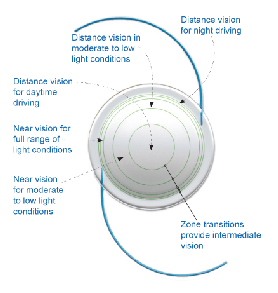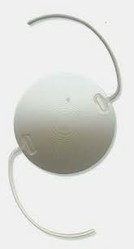Intraocular surgery is a very common form of cataract surgery performed these days. In this surgery, the clouded intraocular lenses (IOLs) are replaced by artificial ones made from any one of a variety of materials. This technique became popular during the 1980s, although it had been known for over fifty years. Before that time, patients had to wear contact lenses or very thick glasses in order to compensate for the loss of the natural lens.
At present, cataract surgery is highly successful and has very few complications, if any. The results are better than they were previously and the healing time is shorter.
Many options now exist for the intraocular lens replacements, the same as the vast array of choices available for contacts and glasses. Previously the surgeon chose the best lens with very little input from the patients. Options are now offered for the various intraocular lens.
Cataract surgery choices available:






 How The FDA Approves New Medicineson 08/16/2013
How The FDA Approves New Medicineson 08/16/2013
 10 Tax Mistakes Business Owners Makeon 08/05/2013
10 Tax Mistakes Business Owners Makeon 08/05/2013
 Accessories For Traveling With Jeweleryon 02/12/2013
Accessories For Traveling With Jeweleryon 02/12/2013
 Stages of the Sleep Cycleon 09/23/2012
Stages of the Sleep Cycleon 09/23/2012


Comments
Thanks Katie. Optometry is a wonderful career choice. You get to be a doctor as well as a business person if you choose to.
My niece just graduated college and is moving on to optometry she's going to love your work. Great to have you here. :) K